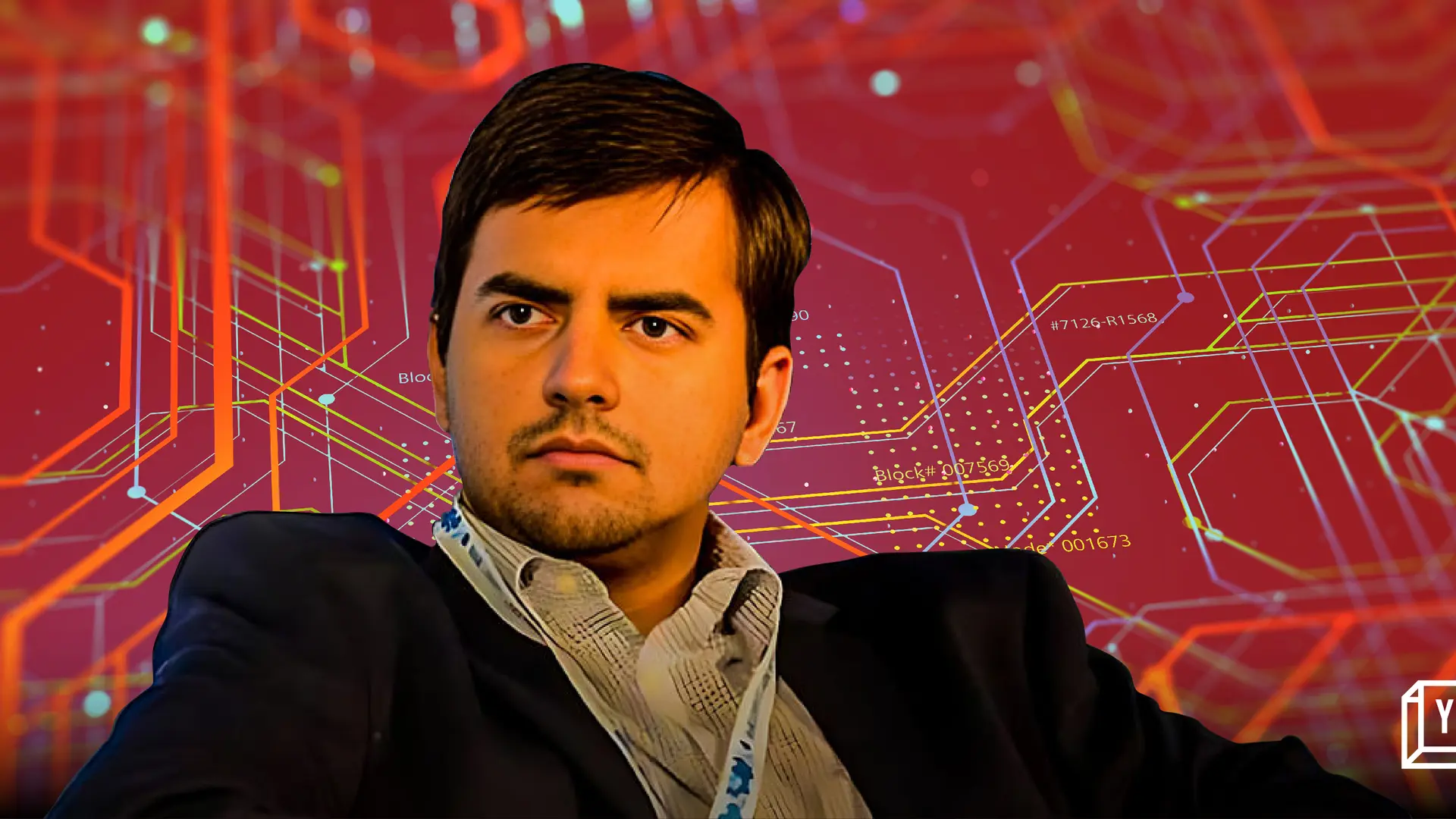AI, new energy can transform India into $50-trillion economy by 2047: Ola's Bhavish Aggarwal
In a recent blog post, Aggarwal has outlined a roadmap for India to achieve leadership in technological innovation and drive economic growth.
Bhavish Aggarwal, Co-founder and CEO of , believes prioritising AI and new energy technologies can propel India towards a $50-trillion economy by 2047.
In a recent blog post, Aggarwal outlined a roadmap for India to achieve leadership in technological innovation and drive economic growth.
“In the last decade, India has emerged as one of the world's fastest-growing major economies, with our GDP nearly doubling to $3.5 trillion,” Aggarwal stated in the blog post.
“As we envision Viksit Bharat and enter Amrit Kaal, our focus must be on the next 23 years leading to 2047. By increasing our economic growth from 8% to 12%, we have the potential to transform India into a $50-trillion economy, marking a new era of prosperity and global leadership,” he said.
Need for AI investments
The Ola CEO also highlighted the trend of ongoing rapid technological advancements in the world, especially in AI, new energy, and frontier technologies. Countries such as China are making investments in 'new productive forces,' which are focused on modernising traditional industries and nurturing emerging sectors.
“To drive India's growth and competitiveness, we must prioritise AI and new energy as foundational technologies. These aren't just standalone sectors, but enablers that can revolutionise our entire economy. Investing in these areas will boost overall economic efficiency, create high-value jobs, strengthen our supply chains, foster new talent, and position India as a global leader in future industries,” he added.
While India's economy has digitised significantly, compute penetration remains a challenge compared to other nations, said Aggarwal. Despite having seen huge success in IT services, it represents just 1% of the $30-trillion global technology industry. He emphasised that other nations have accelerated investments in AI, pouring hundreds of billions into research, infrastructure, and talent to build strategic capabilities.
“India's unique strengths—one of the world's largest pools of developers, the highest number of silicon designers globally, an enormous amount of data generated, and the largest IT industry worldwide—position us to lead in AI. We can transform India into the world's AI powerhouse, just as China revolutionised global manufacturing,” he explained.
He emphasised India's core strengths in AI—data, computing, and algorithms—as foundational pillars for building an AI ecosystem.
“By focusing on these areas, India can build its own comprehensive AI stack, enhancing our economic productivity, and global competitiveness, and creating tens of millions of future-ready jobs. As we strive to become a $50 trillion economy, AI will be the foundation to achieve our vision of technological, economic, and cultural leadership on the world stage. We should aim to get a 50% value share of the global technology industry by 2047,” he stressed.
In a recent announcement on X (formerly Twitter), Aggarwal revealed that Ola's Krutrim cloud infrastructure would launch high-quality translation APIs for Indic languages, catering to text, speech, and video applications across various sectors.
India's potential in the EV space
Aggarwal's blog post further highlighted India's potential in the electric vehicle (EV) sector, noting its position as the world's third-largest auto market.
However, he pointed out that India's current auto penetration is less than 200 vehicles per 1,000 people, with annual EV sales at two million units, contrasting sharply with China's 30 million units.
“The key to democratising mobility is making it electric, significantly reducing transportation costs. By 2030, India should aim to become the world's largest EV market by accelerating EV-friendly policies and encouraging industry-wide support for the EV transition across all mobility types (two-wheelers, three-wheelers, cars, and trucks),” he said.
Edited by Swetha Kannan







